
How Much Does C-Tick Certification Cost?
Electronic and electrical products entering Australia, besides having safety labels, shoULd also bear the EMC mark, namely the C-Tick mark. The purpose is to protect the radio communication frequency bands. This system implementation is somewhat similar to the European EMC Directive, so it allows manufacturers/importers to provide a self-declaration. However, when applying the C-Tick mark, the product must be tested according to relevant CISPR standards and be recognized by the Australian importer and reporting authority. The Australian Communications Authority (ACA) accepts all applications and issues registration numbers.
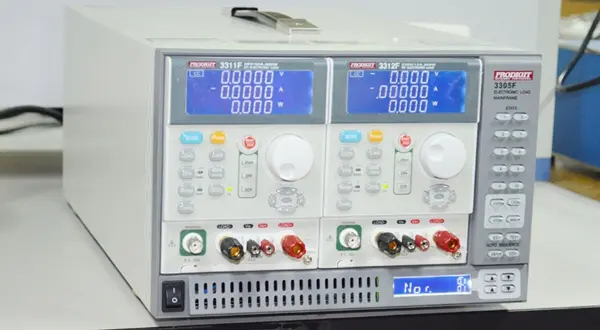
Australia’s electrical products EMC requirements are monitoRED by the ACA (Australian Communications Authority). Besides the Australian and New Zealand standards (AS/NZS), ACA 2002 also recognizes standards from 2003 and others, including EN, IEC, and CISPR.
To limit electromagnetic interference (EMI), since January 1999 Australia has enforced mandatory regulations within the scope of EMI standard products. Some test items must comply mandatorily with EMC requirements, which include: conducted interference, intermittent interference (clicks), and radiated interference. Other EMC items are not mandatory. Products are tested using relevant standards to affix the C-Tick mark. Any company or individual using this mark must apply to the competent government department for written approval before use, and the mark’s height must not be less than 3 millimeters.
Next to the C-Tick mark, Australian supplier information must be labeled according to regulations. The ACA can effectively trace sampled products on the market back to the EMC responsible supplier. Identification information includes four aspects:
1. Registered name and address of the Australian supplier.
2. Australian Company Number (ACN).
3. Digital supplier number issued by ACA Australia.
4. Products using Australian registered trademarks on the Australian market.
Australia’s EMC system is divided into three levels. For suppliers selling Level 2 and Level 3 products, ACA registration and application for the C-Tick mark are mandatory.
Level 1 products: These are products using low-radiation spectrum wireless device interference, such as manual switches, simple relays, single-direction squirrel-cage induction motors, resistors, etc. At this product level, suppliers must provide a signed declaration of conformity and product description sheet. Applying for the C-Tick mark is voluntary. If suppliers choose to use the mark, they must provide a compliance statement and documentation proving conformity with relevant EMC standards. Testing sites are not required, and internal testing is allowed.
Level 2 products: These involve products that utilize higher radiation spectrum wireless device interference, such as switching power supplies, welders, dimmers, and most household appliances. Besides the supplier’s declaration of conformity, suppliers must provide the signed product description sheet as stated and related standard test reports. If no standard exists, technical construction files must be provided. Testing sites are not required; internal testing is permitted.
Level 3 products: These are products with high wireless device interference radiation spectrum, covering CISPR11 and CISPR22. Currently, communication terminal products fall into this range, but as of November 7, 2003, terminal products are classified as Level 2. Suppliers must provide a declaration of conformity, signed product description sheet, and an accredited inspection report issued by an authorized agency. Additionally, a QSM quality management system certificate from the certification body is issued.
c-tick certification Application Process:
1. Third-party laboratory evaluates the product and determines applicable test standards.
2. If non-compliance is found, the lab will guide product rectifications to meet Australian standards.
3. Upon passing tests, a test report is issued.
4. Submit the test report to the Australian certification authority for document review.
5. Upon Australian approval, the rcm certificate is issued.
6. The client can register on the Australian website themselves or have the lab complete it.
Notes:
1. The product must uniformly add the rcm logo. This requirement was announced by Australia on April 19, 2013.
2. For plug-in adapters applying for RCM safety certification, random testing of plugs is required.
3. For lighting products like T8 LED tubes and fluorescent tubes, since users can directly replace them and safety risks are higher, samples must be sent to Australia for evaluation.
4. Timeframes may vary depending on the certification body.
C-Tick Certification Costs:
The cost for Australian C-Tick Certification ranges from \$698 to \$1250 USD. You can send your product manual to us for an accurate cost evaluation.
Samples and Documents Required for C-Tick Certification:
1. Two sets of fully functional samples, preferably the higher power or more complex ones.
2. Product manual.
3. Circuit schematic (required if the test fails).
4. CE application form.
If the product passes testing, the process can be completed within 7 working days(counted from the day the sample arrives at the laboratory).
More: emc test lab | ce marking in usa | wercs certification | reach rohs compliance
Email:hello@jjrlab.com
Write your message here and send it to us
 Infant Support Pillow 16 CFR 1243/1242 & ASTM
Infant Support Pillow 16 CFR 1243/1242 & ASTM
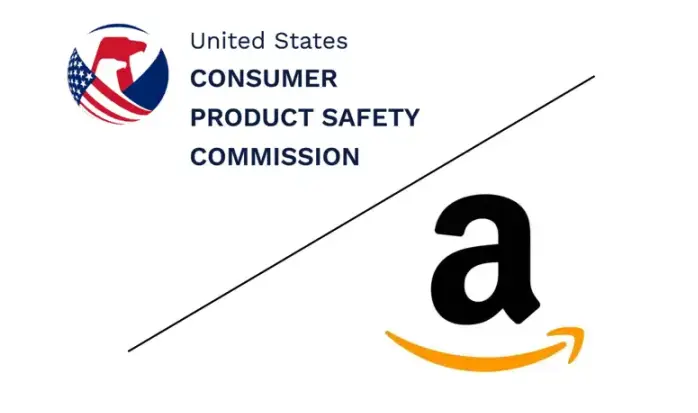 BRM Registration Card Under CFR Part 1130 Regulati
BRM Registration Card Under CFR Part 1130 Regulati
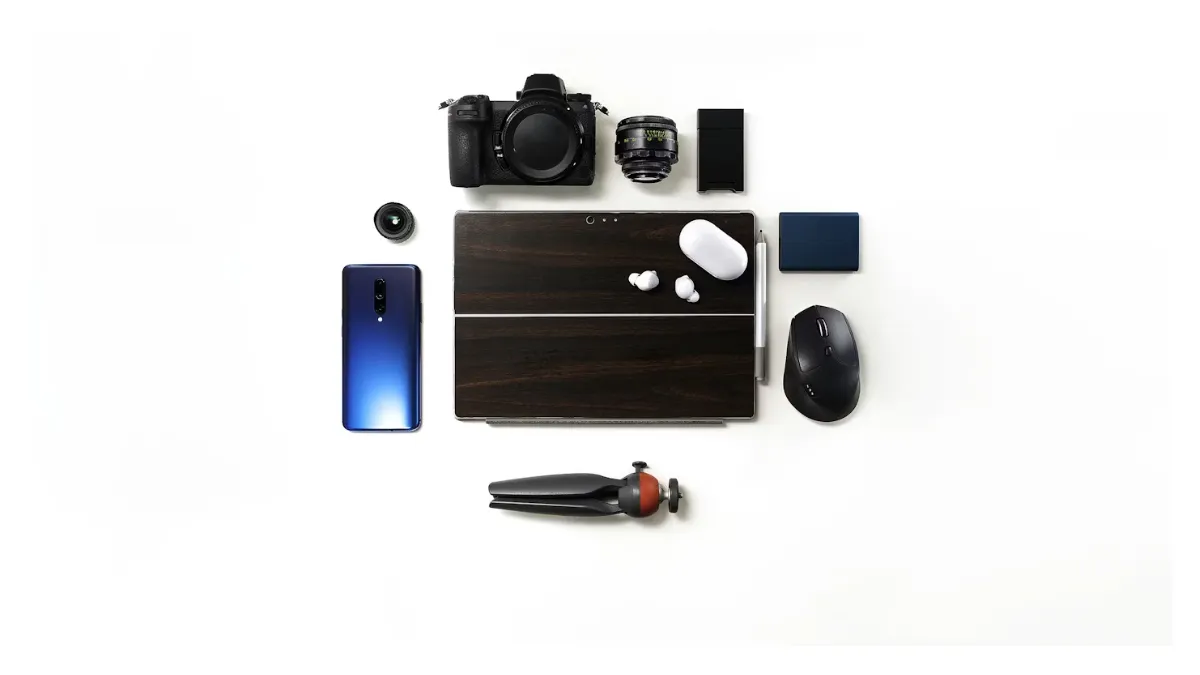 How to get a D-U-N-S® Number for US FDA Registrati
How to get a D-U-N-S® Number for US FDA Registrati
 Household Massage Devices Compliance in the China
Household Massage Devices Compliance in the China
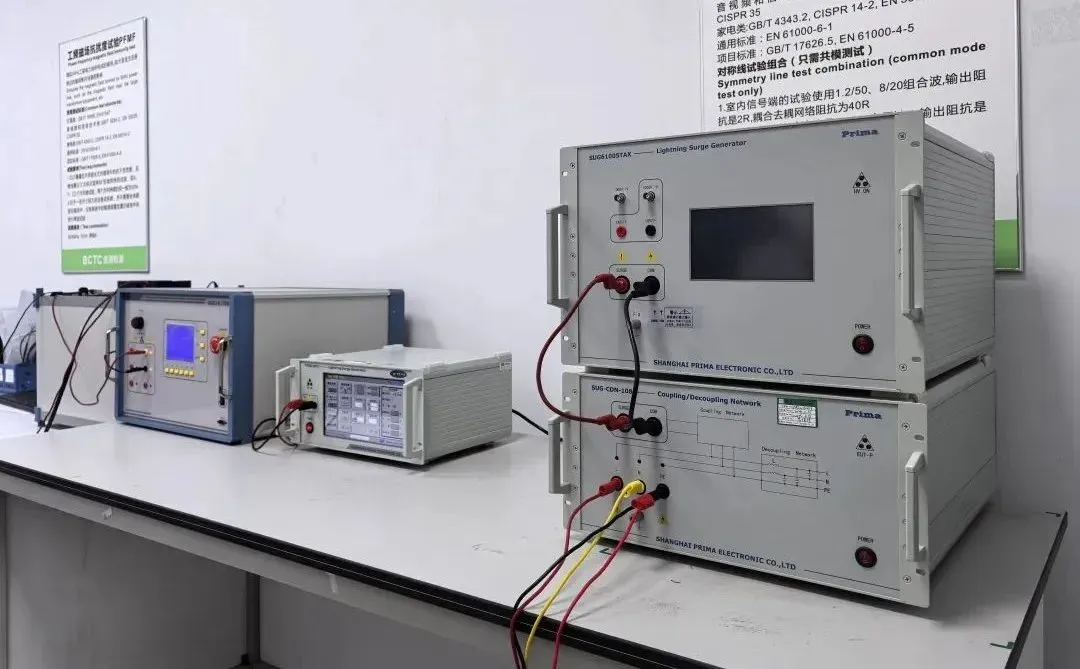 Compliance for the Global In Vitro Diagnostic (IVD
Compliance for the Global In Vitro Diagnostic (IVD
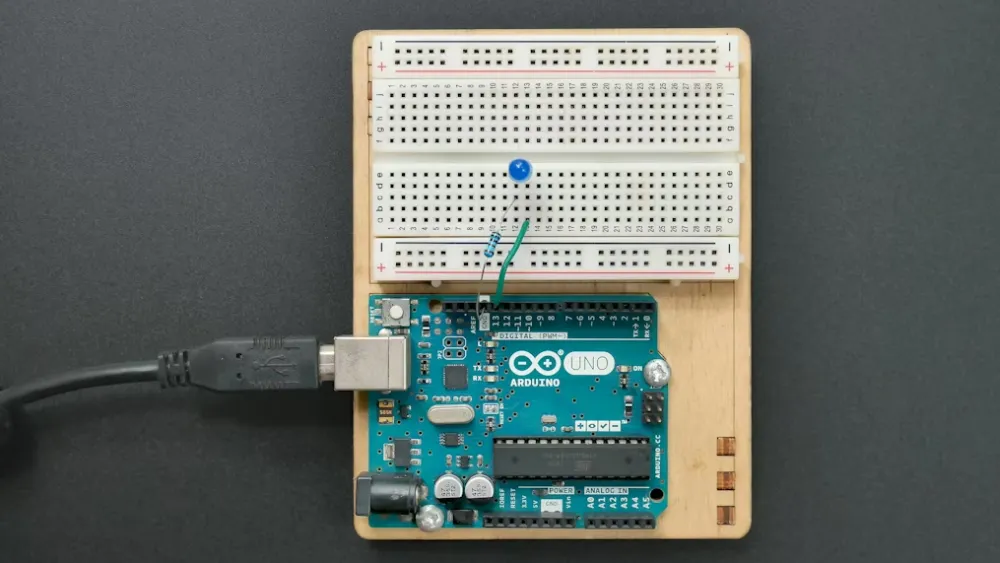 Compliance Guide for Nebulizers in European and Am
Compliance Guide for Nebulizers in European and Am
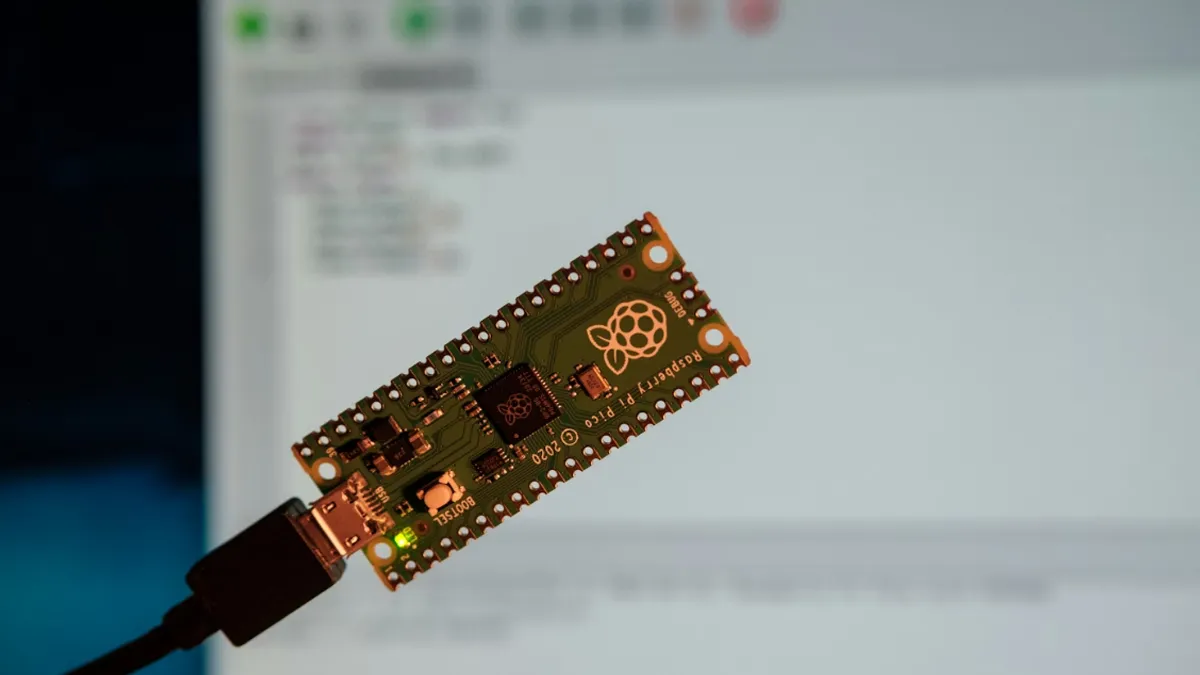 Cybersecurity Certification Service for EU RED Dir
Cybersecurity Certification Service for EU RED Dir
 ANATEL Certification Compliance Guide for Brazil M
ANATEL Certification Compliance Guide for Brazil M
Leave us a message
24-hour online customer service at any time to respond, so that you worry!




